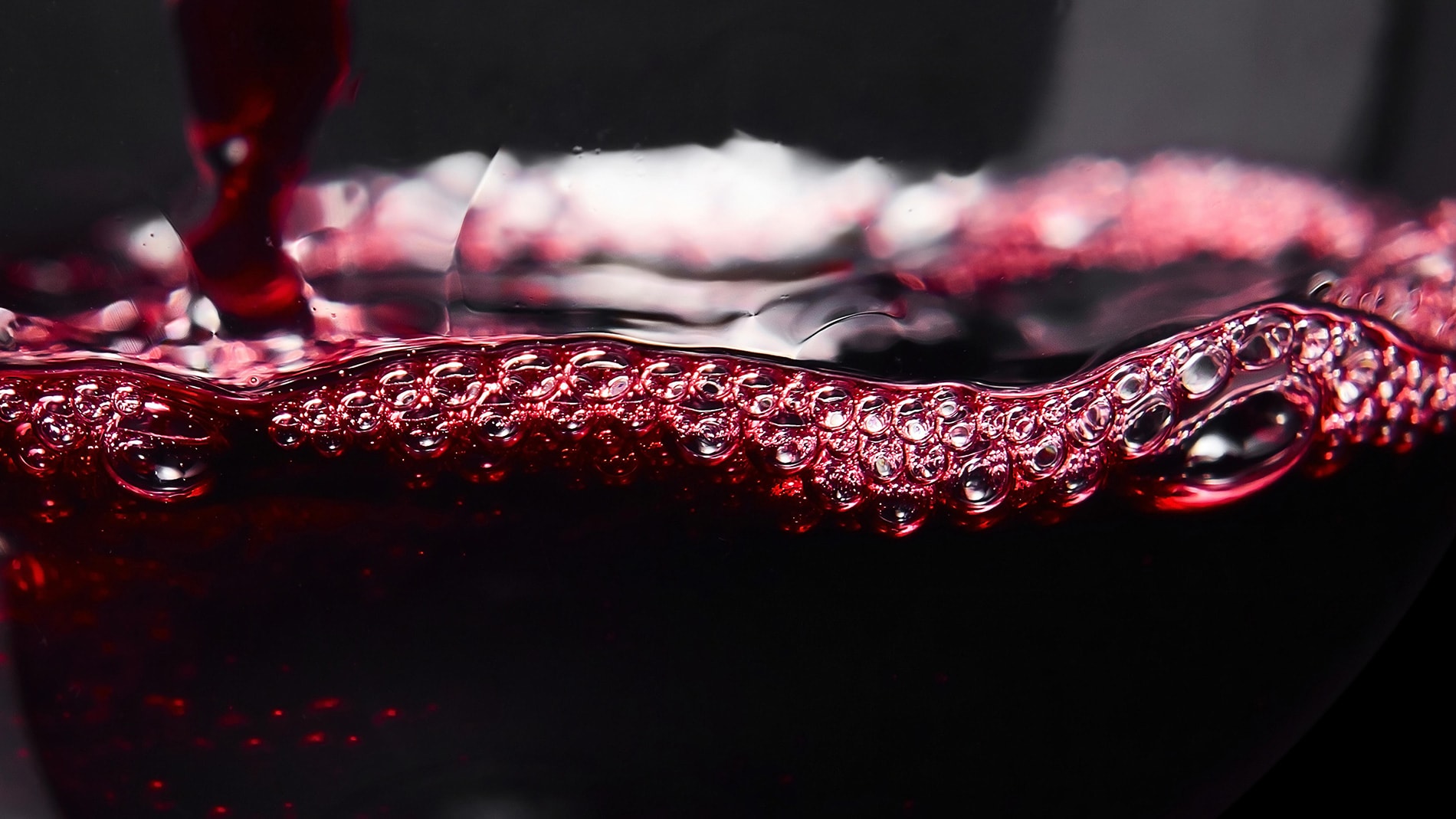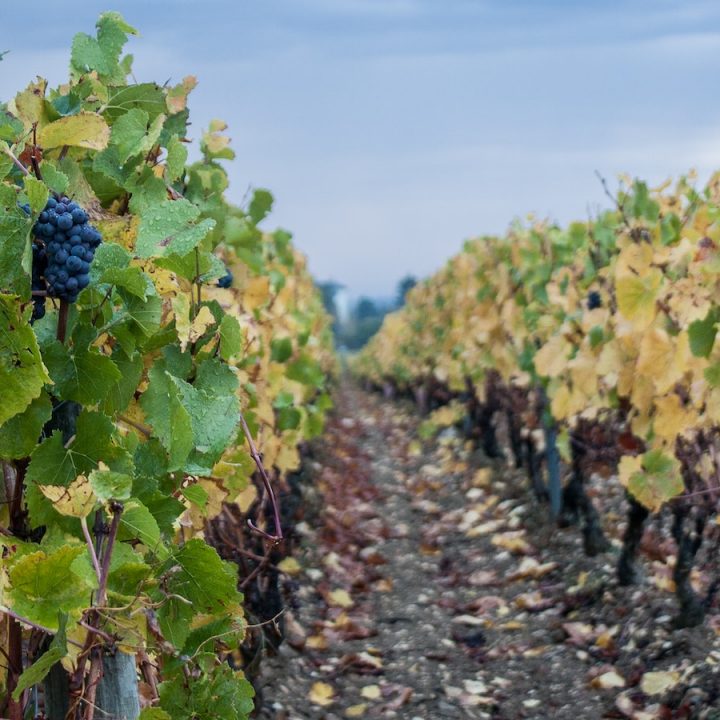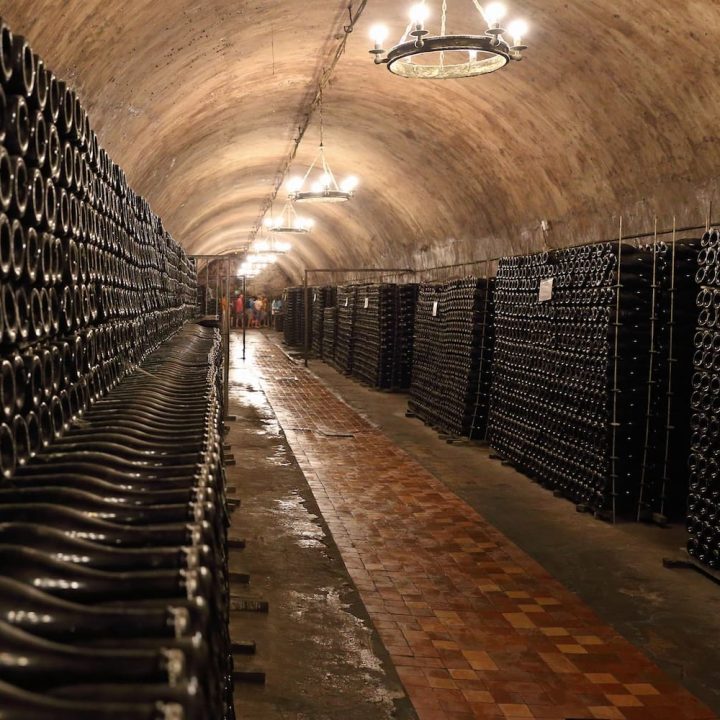Those who find tartar, or small crystals, in their glass need not worry. It is harmless to health and has no effect on the wine. These are merely precipitated salts of the natural tartaric acid.
Contrary to what is often assumed, the small crystals are not a wine defect and do not indicate the quality of the wine.
The most important about Weinstein in a nutshell
What is tartar?
Tartar is crystallized minerals or salts of tartaric acid. It consists largely of potassium hydrogen tartrate and calcium tartrate and is a natural by-product of winemaking.
Is tartar a sign of quality?
No, tartar forms in any wine during production and is not a sign of a wine’s quality. Whether and how strongly it occurs in the wine (bottle) depends on a wide variety of factors. The length of storage and the storage temperature play a major role.
Is tartar harmful?
Tartar is a completely natural product of ingredients contained in wine and is completely harmless to health. It is a natural by-product obtained during the production of wine.
Does tartar damage the wine?
No, tartar has no effect on the taste of the wine. Should it be present in large quantities, it disturbs the mouthfeel and is separated from the wine by decanting.
The emergence of tartar
If you want to understand how crystals form in wine, you first have to go back a few steps. During ripening on the vine, minerals are deposited in the grapes. The decisive factors here are potassium and calcium. The small crystals in the bottle are mainly potassium hydrogen tartrate (KHC4 H4 O6 ) and calcium tartrate. These occur in every grape and are therefore natural components of wine and can even be found in grape juice.
Already during the fermentation of the wine, tartrate crystals are deposited on the walls of the fermentation vessel. In this process, low temperatures accelerate crystallization. This also applies to subsequent storage, which is why wines from a cool wine cellar or wine refrigerator often have more crystals than those that have been stored warmer.
Tartar is not a sign of quality
The rumor persists that tartar is only found in high-quality wines. As already noted, its building blocks can be found in any wine and even in ordinary grape juice.
Tartar is always formed during fermentation. This settles on the wall (wooden barrel) and bottom (steel tank) of the fermentation vessel and thus does not enter the bottle. Cool temperatures accelerate crystallization. For this reason, many winemakers resort to a trick to avoid its formation in the bottle. They cool the wine sharply for some time before it is bottled, which means that a large part of the salts and minerals already crystallize. This minimizes the amount of crystals that can later form in the bottle.
Decanting or drinking along?
Tartar is non-toxic and does not alter the taste of a wine. However, if a wine contains large quantities of it, it should be decanted. Otherwise, its crystals provide a crunchy to sandy mouthfeel, which negatively affects enjoyment. However, in small quantities, it can be drunk without any problems and unnoticed. It is said that there are even wine drinkers who find the light sanding a special pleasure.









